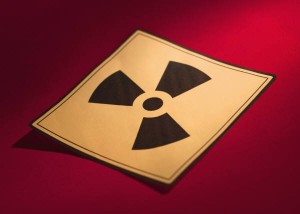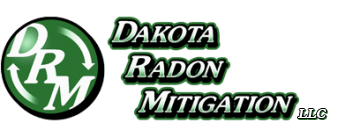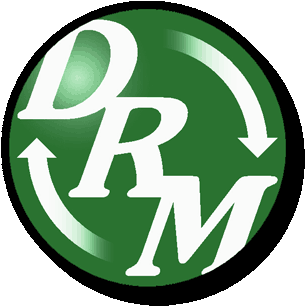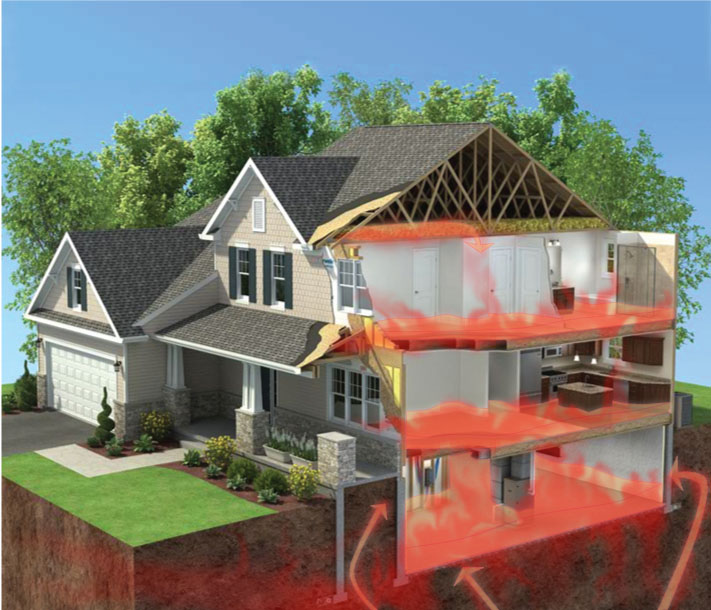Choosing a trusted mitigation expert
Because radon is a radioactive gas, it’s important to adhere to best practices to ensure the most effective mitigation possible.
Installing a mitigation system is not as simple as installing the largest radon fan you can buy and directing it outside. Dakota Radon Mitigation has years of experience at designing radon mitigation systems that are cost-effective, have minimal noise impact, and are sited and sealed properly to drastically reduce radon accumulation.
Beware of companies who:
- Immediately tell you there is a radon problem in your area without testing. Radon situations can vary from house to house, depending on geography and house construction. Always insist on an independent radon test.
- Do same-day testing. Radon tests take time to properly measure the amount of exposure over time.
- Evaluate radon tests themselves. DRM sends your radon test to an independent lab for analysis.
- Quote you a flat rate for a radon mitigation system. You may be overpaying, or receiving a mitigation system that does not address your specific concentrations. Our installations are efficient and tailored to your situation. Our volume allows us to purchase components from suppliers at very low cost.
Dakota Radon Mitigation will never attempt to solve a radon problem you don’t have. We have earned the trust of homeowners and real estate professionals because we have built our business on integrity, service, and expertise.
Our goal is your peace of mind, knowing your home does not have elevated levels of radon gas. We hope this can be obtained simply be completing radon test, and we always use independent radon testing to ensure accurate and unbiased results. If you do choose to have a mitigation system installed, Dakota Radon Mitigation can design a cost-effective solution and we will install it promptly and professionally.
If you choose a do-it-yourself option, be prepared to educate yourself to avoid some DIY pitfalls and ensure a successful outcome.










